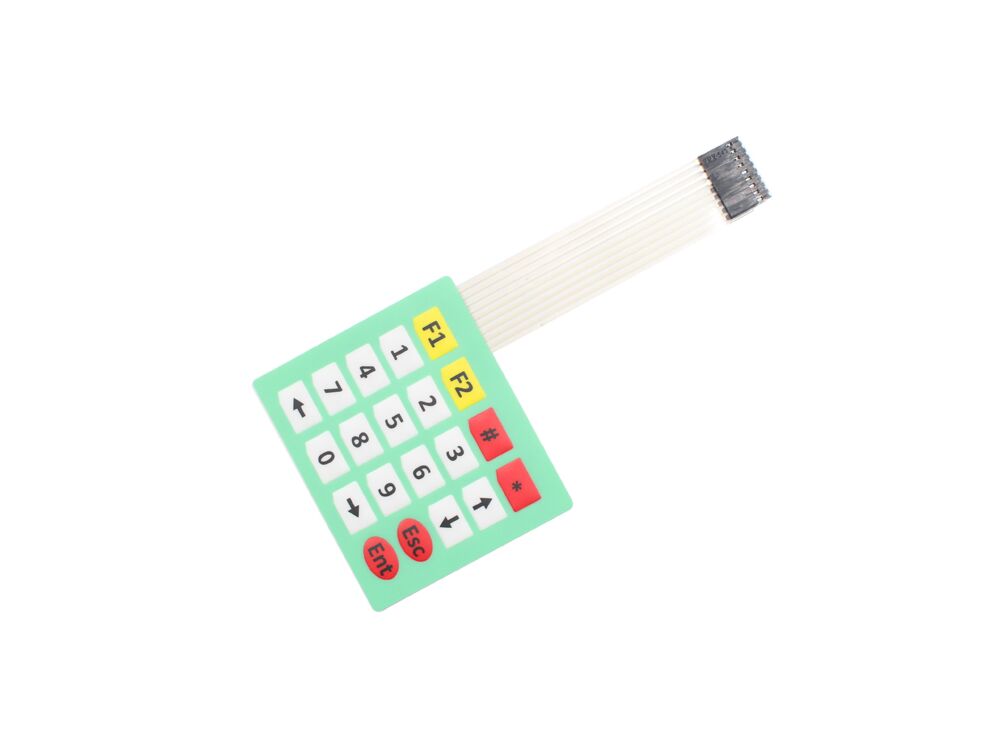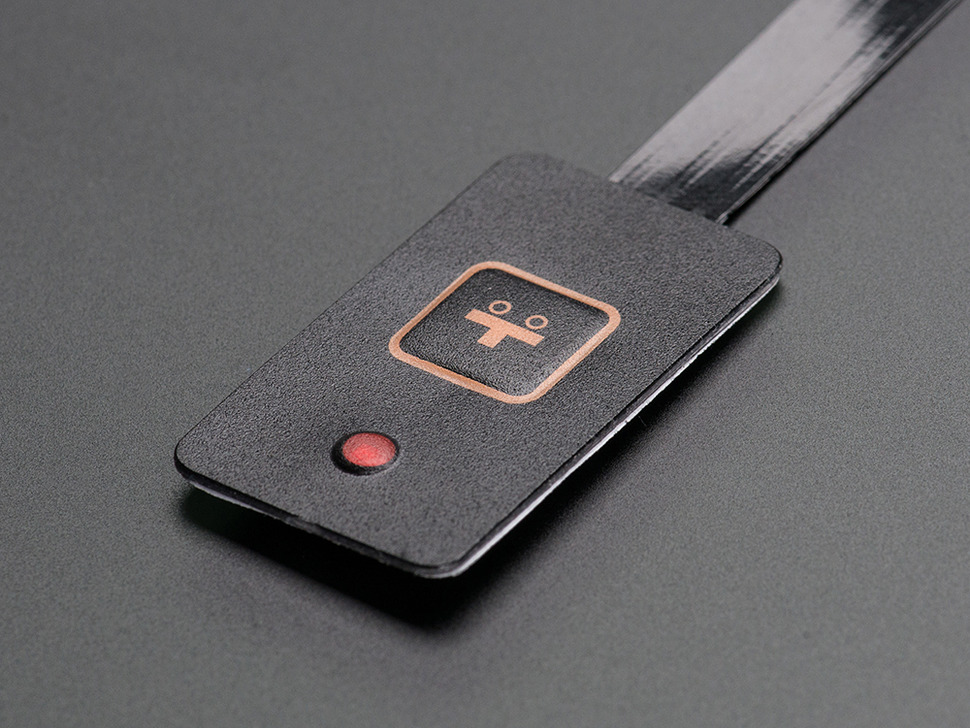Explore the Benefits of Using a Membrane Switch in Modern Devices
Explore the Benefits of Using a Membrane Switch in Modern Devices
Blog Article
Understanding Membrane Layer Switches Over: The Key to Trustworthy and durable Controls

What Are Membrane Switches?
Membrane switches are an advanced remedy in the realm of interface innovation, integrating functionality and layout perfectly. These tools function as an interface between users and electronic systems, incorporating several parts right into a small style. Typically created from adaptable, slim layers of materials, membrane buttons are designed to reply to touch, allowing customers to interact with machinery and electronic tools properly.
The key components of a membrane layer switch consist of a published circuit layer, graphic overlay, and a spacer layer that prevents unplanned activation. The visuals overlay can be tailored to reflect brand identification or customer preferences, enhancing appearances while making sure functionality. Membrane layer switches are frequently used in different applications, consisting of clinical gadgets, consumer electronic devices, and industrial tools, owing to their sturdiness and resistance to ecological factors such as wetness and dust.
Among the essential advantages of membrane layer switches is their capacity to endure deterioration, making them excellent for high-traffic environments. In addition, they are lightweight and need very little space, enabling cutting-edge layouts in product development. In general, membrane layer changes represent a functional and reliable choice for modern electronic user interfaces, marrying technology with user-centric layout principles.
Exactly How Membrane Switches Job
The operation of membrane switches over hinges on a basic yet effective mechanism that translates customer input right into digital signals. When a user presses the switch, the leading layer deforms, enabling a conductive element in the circuit layer to make call with a matching conductive pad on the underside of the graphic overlay.
The layout of membrane buttons can differ, yet they often integrate domes or tactile aspects to provide comments to the customer, improving the overall experience - membrane switch. The products utilized in membrane layer buttons, such as polyester or polycarbonate, add to their durability and resistance to environmental factors, including wetness and dust. The published circuits are usually enveloped, which secures them from wear and tear over time.
Advantages of Membrane Buttons

Furthermore, membrane switches are known for their durability. Constructed from robust products, they are resistant to dirt, wetness, and physical wear, which substantially expands their life expectancy contrasted to traditional mechanical switches. This resilience makes them especially appropriate for high-traffic environments and applications needing durability.
Another substantial advantage is the simplicity of cleaning and maintenance. The smooth surface area of membrane layer switches over reduces dust build-up and is often unsusceptible spills, making them suitable for setups that need frequent sanitization.
Furthermore, membrane layer switches use a streamlined profile, leading to a thinner design that can be incorporated right into different gadgets without adding mass. This function not just enhances the visual appeal however likewise adds to a much more ergonomic item design.
Applications of Membrane Layer Switches
Easy to use and versatile, membrane buttons discover applications throughout a broad variety of industries, consisting of clinical gadgets, consumer electronics, and commercial devices. In the clinical area, these buttons are essential to tools such as diagnostic tools, person surveillance systems, and infusion pumps, where integrity and convenience of cleaning are crucial. Their capability to maintain and withstand rough settings functionality makes them perfect for such applications.

In customer electronic devices, membrane switches are made use of in products like microwaves, washing equipments, and remote controls - membrane switch. Their sleek style enables user-friendly interface, enhancing the total individual experience while supplying durability and resistance to put on and tear
Industrial tools likewise profits from membrane layer buttons, particularly in control panels for equipment and automation systems. These buttons use protection against dust and moisture, making sure constant performance in tough settings. Their customizable features enable suppliers to tailor them to details functional needs, boosting effectiveness and performance.
Choosing the Right Membrane Switch Over
When picking a membrane layer switch, it is click over here necessary to consider numerous factors that influence efficiency and viability for particular applications. The key factors to consider include ecological conditions, responsive feedback, longevity, and layout requirements.
First, analyze the operating atmosphere; buttons revealed to dampness, chemicals, or extreme temperature levels call for certain materials to make sure durability and functionality. Next off, examine the demand for tactile feedback. Relying on user interaction, some applications might benefit from a tactile response to validate activation, while others may like a non-tactile layout for aesthetic reasons.
Sturdiness is an additional critical variable; membrane switches must be developed to hold up against regular usage, impacts, and abrasion. Make certain the selected switch can endure the expected lifecycle, especially in high-usage circumstances.

Final Thought
In verdict, membrane switches over act as necessary components in the layout of resilient and trustworthy control systems across various industries. Their small design, incorporated with robust building and construction and customizable attributes, boosts individual interaction while making sure durability in requiring environments. The convenience of membrane layer switches over enables tailored options that satisfy specific functional demands, enhancing their importance in modern-day technology. As markets remain to develop, the value of incorporating reliable membrane button options can not be overstated.
Membrane layer switches stand for a vital facet of contemporary interface design, blending performance with strength in various applications.Membrane layer buttons are a sophisticated remedy in the realm of user interface modern technology, combining functionality and design flawlessly. Generally constructed from adaptable, thin layers of materials, membrane layer switches are developed to respond to touch, allowing individuals to interact with equipment and electronic gadgets successfully.
The design of membrane switches can differ, but they commonly include domes or responsive elements to supply comments to the customer, boosting the general experience.In page final thought, membrane changes offer as necessary components in the style of sturdy and web link dependable control systems throughout numerous markets.
Report this page